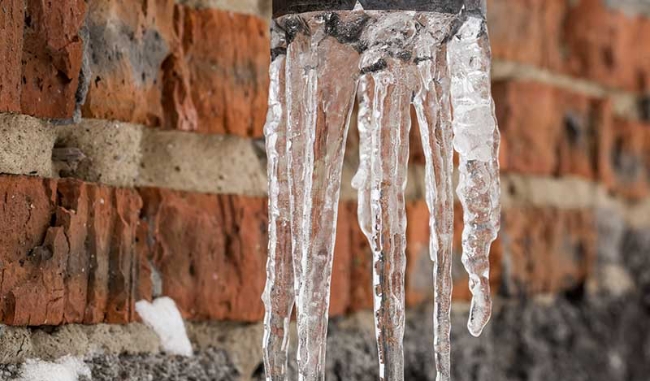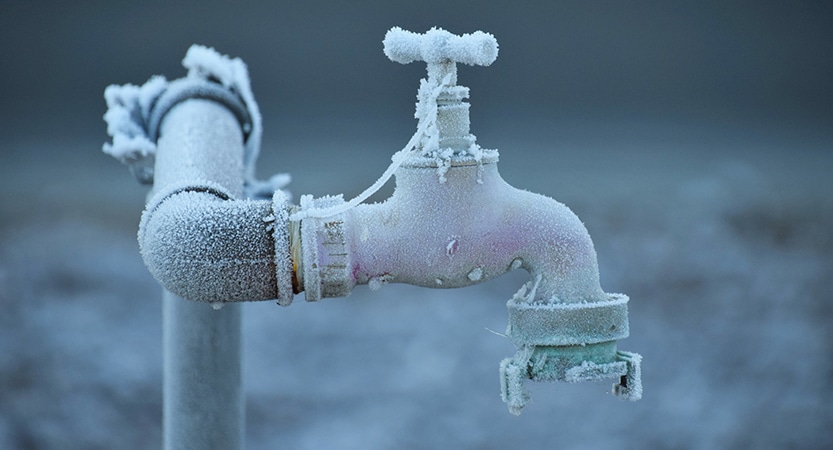Important Tips to Prevent Frozen Pipes in Winter
Important Tips to Prevent Frozen Pipes in Winter
Blog Article
Are you searching for information and facts around Preventing and dealing with frozen pipes?

Winter can ruin your plumbing, specifically by freezing pipes. Right here's how to avoid it from occurring and what to do if it does.
Intro
As temperature levels decline, the risk of frozen pipelines increases, potentially leading to costly fixings and water damages. Comprehending exactly how to stop icy pipelines is critical for property owners in cold environments.
Comprehending Icy Pipelines
What causes pipelines to freeze?
Pipelines freeze when revealed to temperatures below 32 ° F (0 ° C) for extended durations. As water inside the pipelines freezes, it expands, taxing the pipe wall surfaces and possibly triggering them to rupture.
Dangers and problems
Frozen pipes can cause water interruptions, building damages, and expensive fixings. Burst pipelines can flooding homes and cause substantial structural damage.
Signs of Frozen Pipes
Determining frozen pipelines early can prevent them from rupturing.
Exactly how to identify icy pipelines
Look for lowered water flow from faucets, unusual smells or sounds from pipes, and visible frost on subjected pipes.
Avoidance Tips
Shielding susceptible pipelines
Wrap pipes in insulation sleeves or utilize warm tape to safeguard them from freezing temperatures. Focus on pipes in unheated or outside locations of the home.
Heating methods
Keep indoor areas appropriately heated up, especially areas with pipes. Open up cabinet doors to allow warm air to distribute around pipes under sinks.
Securing Exterior Pipes
Garden tubes and outdoor faucets
Separate and drain garden tubes prior to winter season. Set up frost-proof spigots or cover outdoor faucets with insulated caps.
What to Do If Your Pipelines Freeze
Immediate activities to take
If you suspect icy pipelines, maintain faucets open up to relieve pressure as the ice melts. Use a hairdryer or towels taken in hot water to thaw pipelines gradually.
Long-Term Solutions
Structural modifications
Think about rerouting pipes away from outside walls or unheated areas. Add additional insulation to attic rooms, cellars, and crawl spaces.
Updating insulation
Invest in top quality insulation for pipelines, attics, and walls. Appropriate insulation aids maintain constant temperature levels and minimizes the risk of icy pipelines.
Conclusion
Preventing icy pipes calls for aggressive actions and fast feedbacks. By understanding the causes, signs, and preventive measures, home owners can protect their plumbing during winter.
5 Ways to Prevent Frozen Pipes
Drain Outdoor Faucets and Disconnect Hoses
First, close the shut-off valve that controls the flow of water in the pipe to your outdoor faucet. Then, head outside to disconnect and drain your hose and open the outdoor faucet to allow the water to completely drain out of the line. Turn off the faucet when done. Finally, head back to the shut-off valve and drain the remaining water inside the pipe into a bucket or container. Additionally, if you have a home irrigation system, you should consider hiring an expert to clear the system of water each year.
Insulate Pipes
One of the best and most cost-effective methods for preventing frozen water pipes is to wrap your pipes with insulation. This is especially important for areas in your home that aren’t exposed to heat, such as an attic. We suggest using foam sleeves, which can typically be found at your local hardware store.
Keep Heat Running at 65
Your pipes are located inside your walls, and the temperature there is much colder than the rest of the house. To prevent your pipes from freezing, The Insurance Information Institute suggests that you keep your home heated to at least 65 degrees, even when traveling. You may want to invest in smart devices that can keep an eye on the temperature in your home while you’re away.
Leave Water Dripping
Moving water — even a small trickle — can prevent ice from forming inside your pipes. When freezing temps are imminent, start a drip of water from all faucets that serve exposed pipes. Leaving a few faucets running will also help relieve pressure inside the pipes and help prevent a rupture if the water inside freezes.
Open Cupboard Doors
Warm your kitchen and bathroom pipes by opening cupboards and vanities. You should also leave your interior doors ajar to help warm air circulate evenly throughout your home.

We had been made aware of that report on How To Avoid Freezing Pipes through an associate on another site. In case you appreciated our blog posting please do not forget to share it. I value your readership.
Get Quote Now Report this page